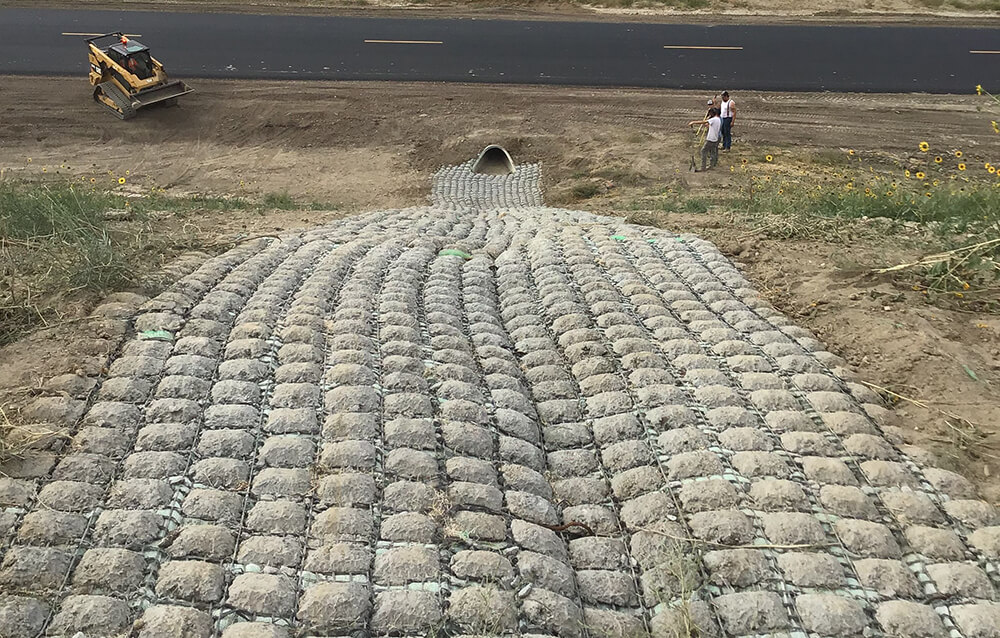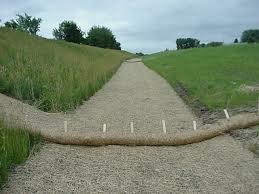Excellence with Memphis Erosion Control Solutions hydroseeding
Understanding the Function of Plant Life in Erosion Control
In this article, we will certainly discover the relevance of plant life in disintegration control and review the numerous types of plants that are efficient in stopping soil erosion. You will also learn about the ways in which plant life aids in erosion avoidance and discover the ideal practices for keeping and applying plant life strategies for disintegration control.

The Relevance of Vegetation in Erosion Control
The value of plant life in erosion control can't be overstated. Greenery plays an important function when it comes to stopping soil erosion. It functions as a protective cover, stopping the soil from being gotten rid of by rainwater or blown away by wind. Without vegetation, the bare soil is revealed to the forces of nature, resulting in erosion and the loss of useful topsoil.
Plants, such as trees, bushes, and turfs, helps to maintain the soil - erosion control. Their origins permeate deep into the ground, developing a network that holds the soil fragments with each other. This binding effect lowers the possibility of soil disintegration, even throughout heavy rainfall or strong winds
Not only does vegetation function as a physical obstacle against disintegration, but it likewise helps to reduce down the flow of water. The fallen leaves, stems, and branches of plants intercept raindrops, lowering their influence on the dirt surface. This permits the water to infiltrate right into the soil a lot more slowly, offering it a much better chance to be soaked up and decreasing the risk of disintegration.
In addition to these physical benefits, plant life also adds to erosion control via its ability to take in excess water. The origins of plants take up water from the soil, acting as all-natural sponges. This assists to regulate the water equilibrium, preventing waterlogging and decreasing the threat of soil disintegration.
Sorts Of Greenery for Effective Disintegration Control
Different kinds of plants are important for effective disintegration control. When it comes to avoiding soil disintegration, you have a variety of alternatives to select from. By utilizing a combination of these various types of plant life, you can produce a robust and efficient erosion control system that will certainly assist keep the stability of your dirt.

How Vegetation Helps Prevent Soil Erosion
Utilizing a range of greenery options can efficiently stop soil erosion, aiding you keep the stability of your soil. By planting trees, shrubs, and ground cover, you create an all-natural barrier that safeguards the dirt from the devastating pressures of wind and water. Tree origins, for instance, anchor the dirt and hold it in location, protecting against disintegration triggered by strong winds or heavy rains. The thick vegetation of shrubs and ground cover works as a safety layer, lowering the influence of raindrops on the dirt surface and decreasing water overflow. This allows water to penetrate the dirt, restoring groundwater and reducing disintegration. In addition, the roots of plant life assistance to improve dirt structure by breaking up compressed soil and boosting its ability to soak up and maintain water. By incorporating a range of vegetation alternatives, you can produce a resilient and varied ecological community that not only protects against soil disintegration however additionally supports the development of helpful organisms and promotes general soil health. So, whether you have a yard, a backyard, or a big item of land, using plant life is a effective and basic means to maintain the stability of your dirt and avoid erosion.
Carrying Out Greenery Methods for Erosion Control
Executing greenery techniques for disintegration control can be a cost-effective and environmentally-friendly solution for maintaining dirt stability. By utilizing vegetation purposefully, you can maintain slopes, reduce surface area drainage, and stop erosion from occurring in the initial place. One effective strategy is using cover crops, such as legumes or yards, which can protect the dirt from erosion by providing ground cover and reducing the influence of raindrops. Another strategy is the establishment of vegetative barriers along water bodies, which can take in excess water, filter out debris, and decrease water circulation. You can also make use of real-time fascines, which are bundles of real-time cuttings that can be firmly woven with each other to develop an obstacle against flowing water. These fascines can help maintain streambanks and decrease disintegration. see this website Additionally, planting trees and shrubs can aid in erosion control, as their origins bind the soil with each other, creating a steady and solid structure. On the whole, carrying out vegetation methods for erosion control is a functional and environment-friendly action that can help preserve pop over to these guys soil quality while additionally providing various various other advantages for the atmosphere.

Finest Practices for Maintaining Vegetation in Erosion Control Procedures
To effectively maintain plants in disintegration control actions, you must regularly monitor the wellness of the plants and quickly deal with any kind of concerns that arise. By doing so, you can guarantee that the plants continues to be solid and qualified of avoiding erosion. Start by examining the plants for indications of anxiety, such as wilting, staining, or bug problem. If you see any one of these signs, take instant activity to determine the issue and carry out proper options. This may involve changing sprinkling schedules, using pesticides or fertilizers, or getting rid of dead or unhealthy plants. Consistently examine the dirt wetness levels to make certain that it is neither also dry nor as well saturated, as this can impact the health of the vegetation. In addition, regularly cut or cut the plants to maintain their desired elevation and density. This will certainly not just boost their ability to control erosion but also advertise healthy development. Be proactive in preserving a weed-free environment by consistently removing any kind of undesirable greenery that might compete with the disintegration control plants. By following these ideal methods, you can efficiently keep greenery in disintegration control measures and optimize their performance in stopping erosion.
Final Thought
So, now you understand the crucial duty that plant life plays in disintegration control. By selecting the best types of plants and applying reliable methods, you can prevent dirt erosion and shield your land. Keep in mind to frequently maintain your plant life to ensure its continued performance. By complying with these finest techniques, you can effectively control disintegration and maintain a healthy and balanced environment. Maintain the excellent work!
In this write-up, we will discover the significance of plant life in erosion control and review the various types of greenery that are efficient in preventing dirt disintegration. You will likewise find out about the methods Our site in which plant life helps in disintegration avoidance and discover the finest techniques for maintaining and carrying out greenery techniques for erosion control.Utilizing a range of vegetation choices can successfully prevent soil erosion, assisting you keep the stability of your dirt. By integrating a variety of greenery choices, you can develop a resilient and diverse ecological community that not only avoids soil erosion however likewise sustains the growth of helpful microorganisms and advertises total dirt wellness. By following these best practices, you can properly keep vegetation in disintegration control measures and optimize their performance in preventing disintegration.